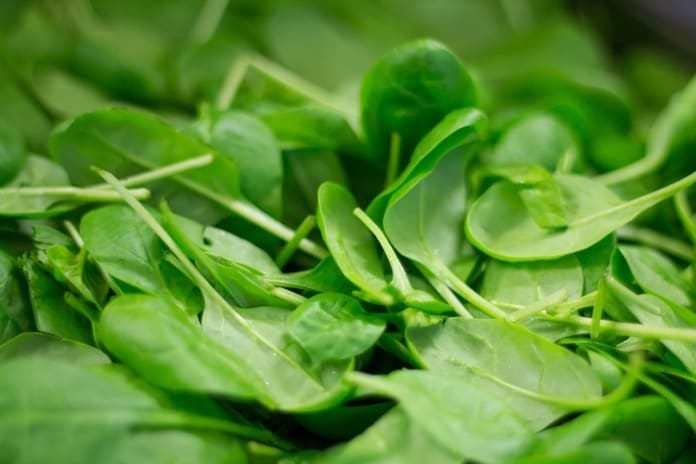As many as half of all hospitalized geriatric patients may suffer from anemia. A recent study investigated if an iron-rich diet could prevent iron deficiency anemia in geriatric hospitals.
Anemia is a shortage of either red blood cells or of the haemoglobin protein in red blood cells. Anemic individuals may feel tired or weak, and in older adults, anemia is associated with an increased risk of developing cardiovascular disease, cognitive impairment and general weakness. Anemia is very common in elderly patients in nursing homes or hospital geriatric wards; up to half of these patients may suffer from anemia.
Iron is a key component of hemoglobin, and iron deficiency anemia is one of the most common types of anemia. Previous studies have found that hospitalized geriatric patients often do not get enough iron in their diet. Eating a diet rich in iron should therefore decrease the risk of iron deficiency anemia. A group of Austrian researchers carried out a study where they designed and tested the effectiveness of an iron-rich diet for elderly hospital patients. Their results were recently published in the journal BMC Geriatrics.
Designing an iron-rich diet acceptable to patients
Before the study, the researchers consulted with elderly hospital patients to identify iron-rich foods that they would enjoy having in their diet. Based on these consultations, the researchers designed a diet consisting of traditional Austrian foods that are rich in iron. Weekly dietary items contained animal products such as chicken liver, black pudding, and soup with liver dumplings, as well as plant-derived foods such as oat-bran cakes and a lentil-spread.
They studied a total of 99 geriatric patients in two Viennese hospitals. The patients were, on average, 85 years old. They all suffered from serious chronic disease and required daily medical care and physical assistance. Patients were not forced to eat the iron-rich food items; they were always provided with the option of an alternate meal if they preferred.
Anemia decreased in patients consuming the iron-rich diet
Hospital staff measured the amount of food eaten by their patients, and they confirmed that their patients were eating enough of the iron-rich foods that it successfully increased the patients’ daily iron, calories and protein consumption compared to their previous, routine, diet. This also confirmed that the contents of the iron-rich diet were acceptable to the patients.
The researchers measured blood hemoglobin levels in the patients at the beginning, middle and end of the study. They found that hemoglobin levels didn’t change in patients who were not anemic at the start of the study. However, hemoglobin levels did increase over time in anemic patients. This indicated that the diet was successful.
Most importantly, the number of patients with anemia decreased over the year-long study. The percentage of patients who were anemic fell from 30% at the start of the study to 20% at the end.
A suitable iron-rich diet for hospitalized geriatric patients
The researchers reported that they had difficulty recruiting enough patients for the study. They were also unable to directly compare patients on the iron-rich diet to patients on a regular hospital diet, so they could not decisively confirm that the iron-rich diet was the cause of the decreased rate of anemia in their patients.
Despite these limitations, this study demonstrated that an iron-rich diet could be successfully introduced in a geriatric hospital, and that it was associated with a decreased rate of anemia. Hemoglobin levels were increased in anemic patients, indicating that such an iron-rich diet could protect against iron deficiency anemia in geriatric patients.
Written by Bryan Hughes, PhD
References:
(1) Sturtzel, B., Elmadfa, I., Hermann, B., Schippinger, W. &Ohrenberger, G. Effects of an enhanced iron dense foods offering in the daily meals served in geriatric institutions on measures of iron deficiency anemia. BMC Geriatrics18, 123 (2018). https://bmcgeriatr.biomedcentral.com/articles/10.1186/s12877-018-0800-9
(2) Van Puyvelde, K., Cytryn, E., Mets, T. & Beyer, I.Anaemia in the elderly. ActaClinicaBelgica64, 292-302 (2009).



